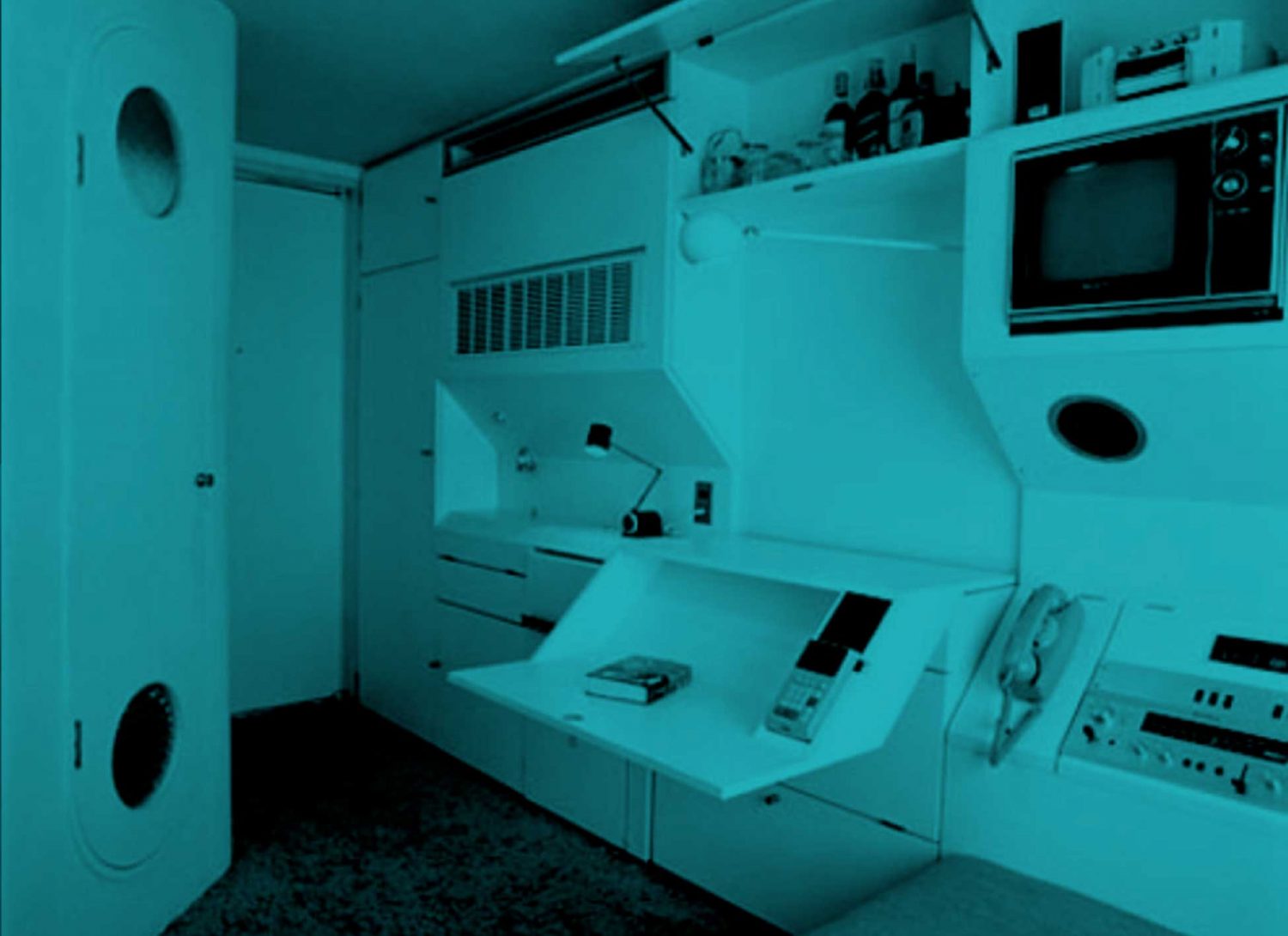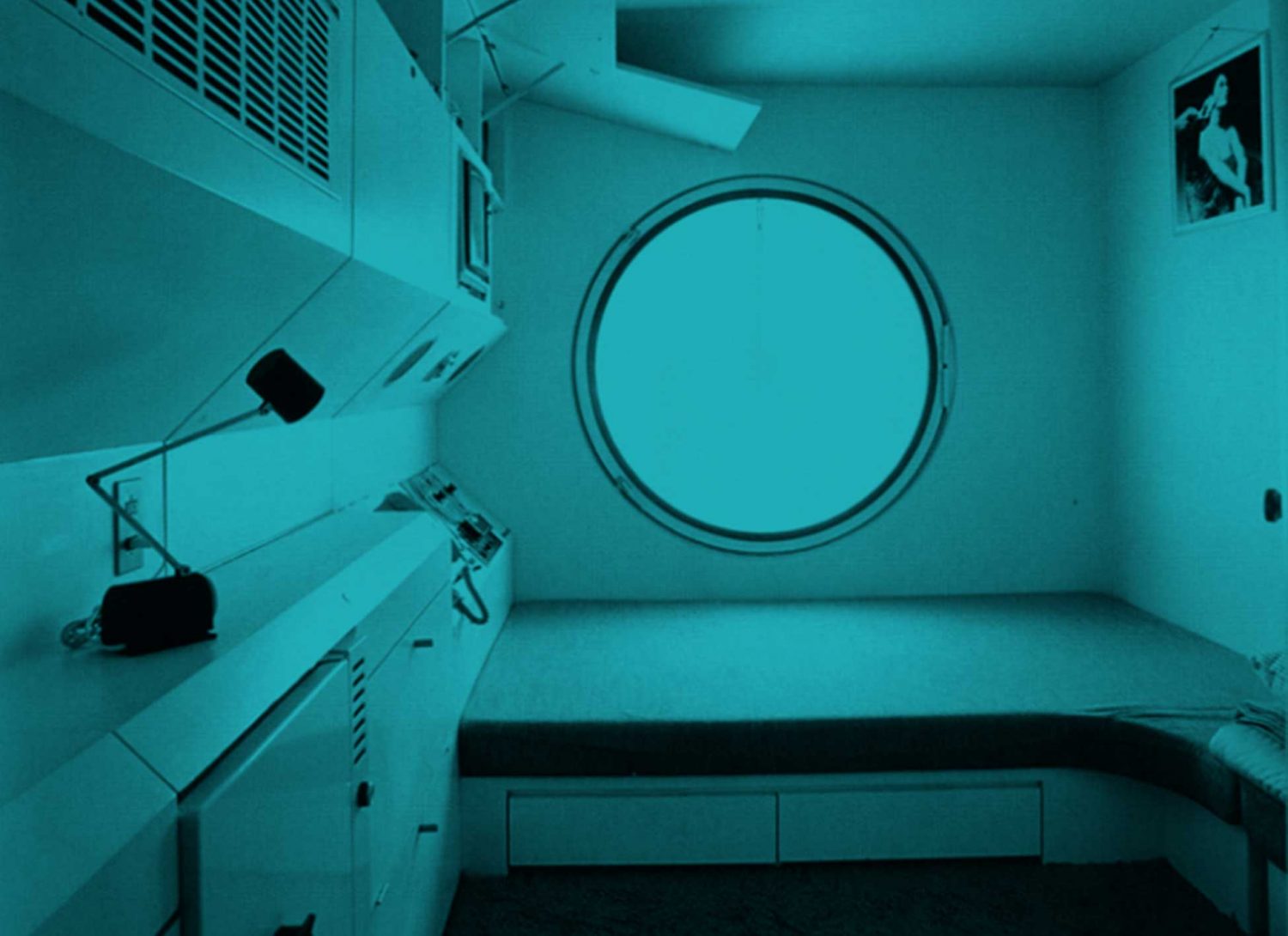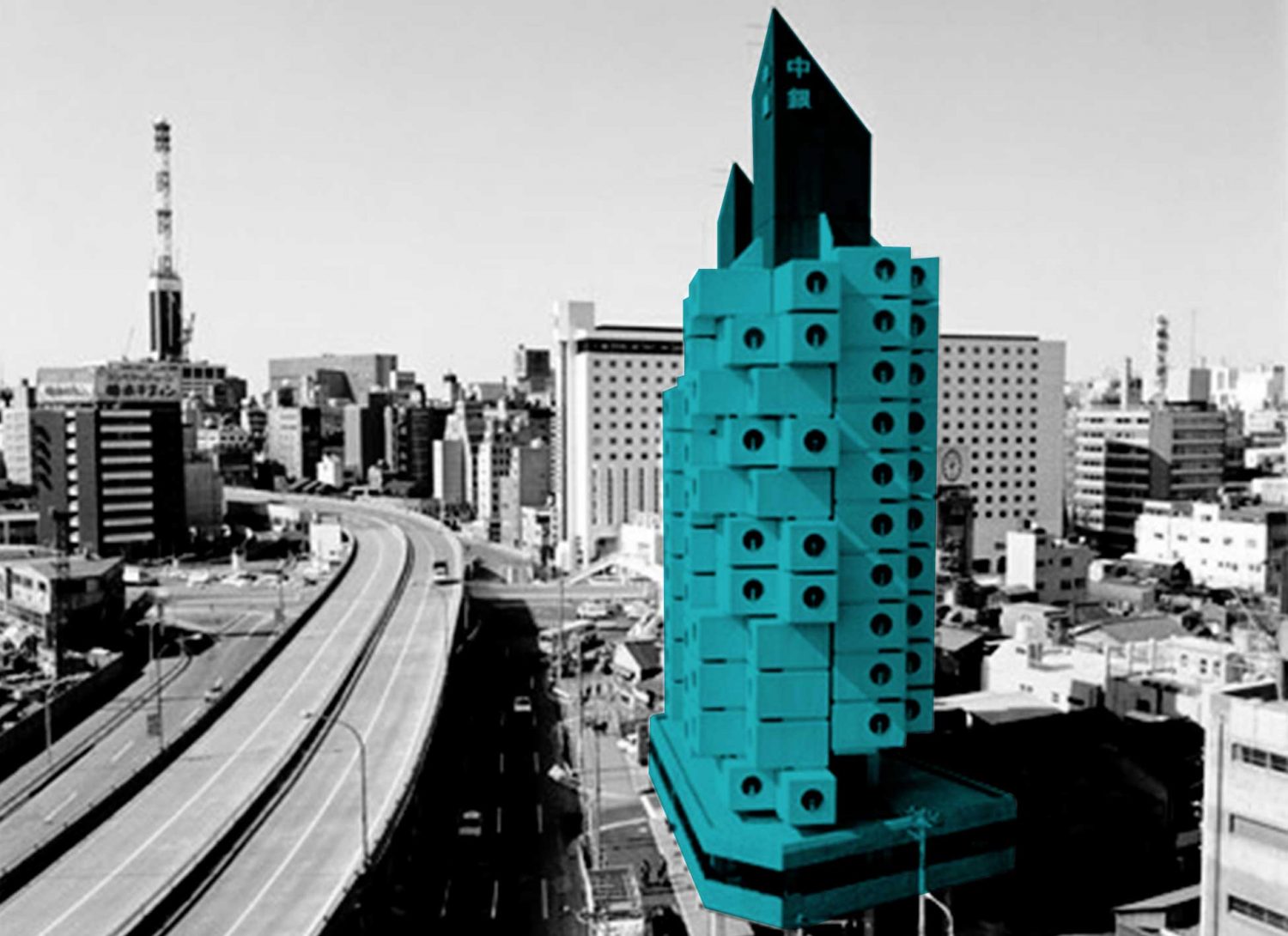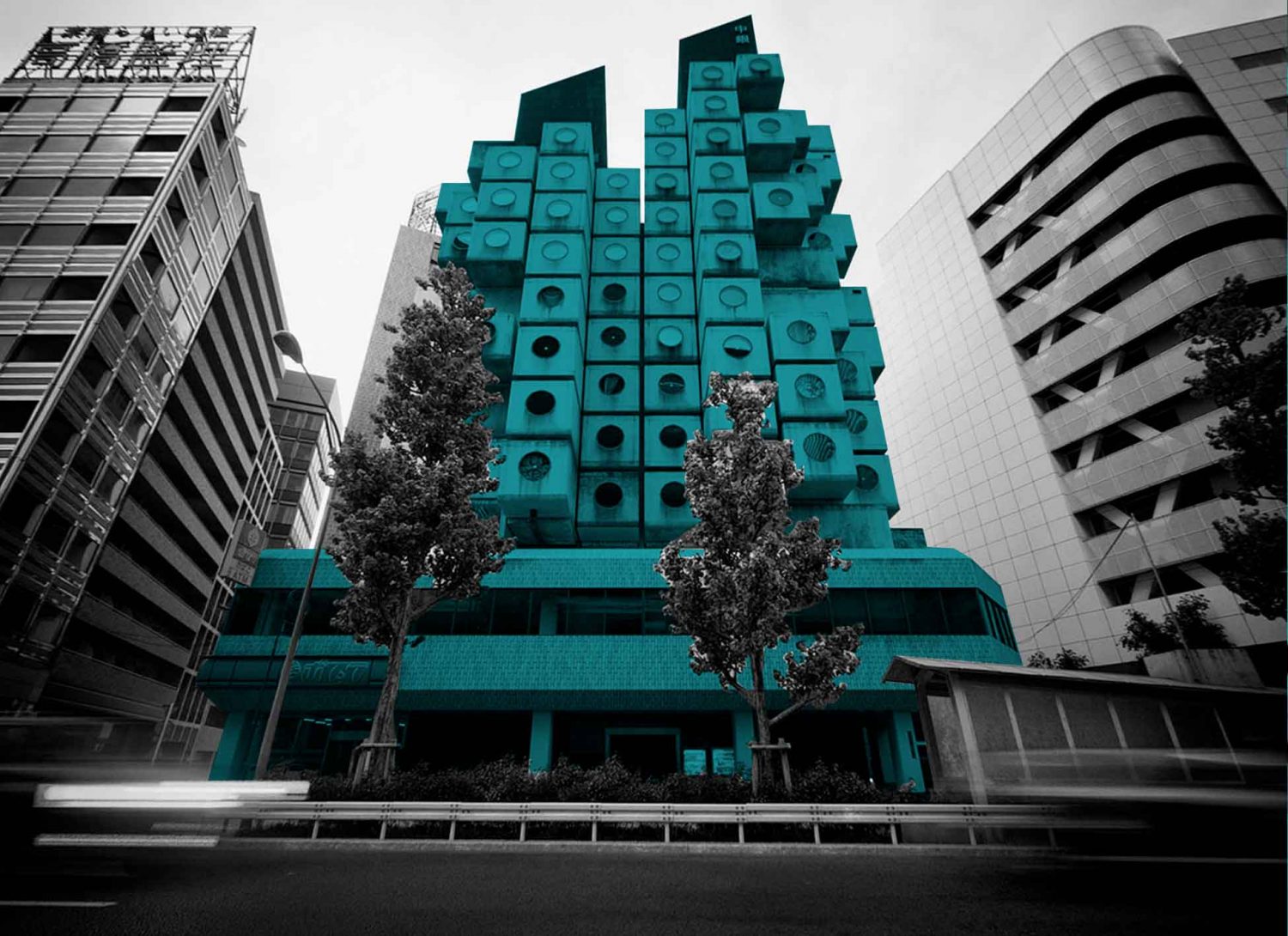INTERIOR
Furniture in the Japanese Metabolism #Kenji Ekuan #Kisho Kurokawa
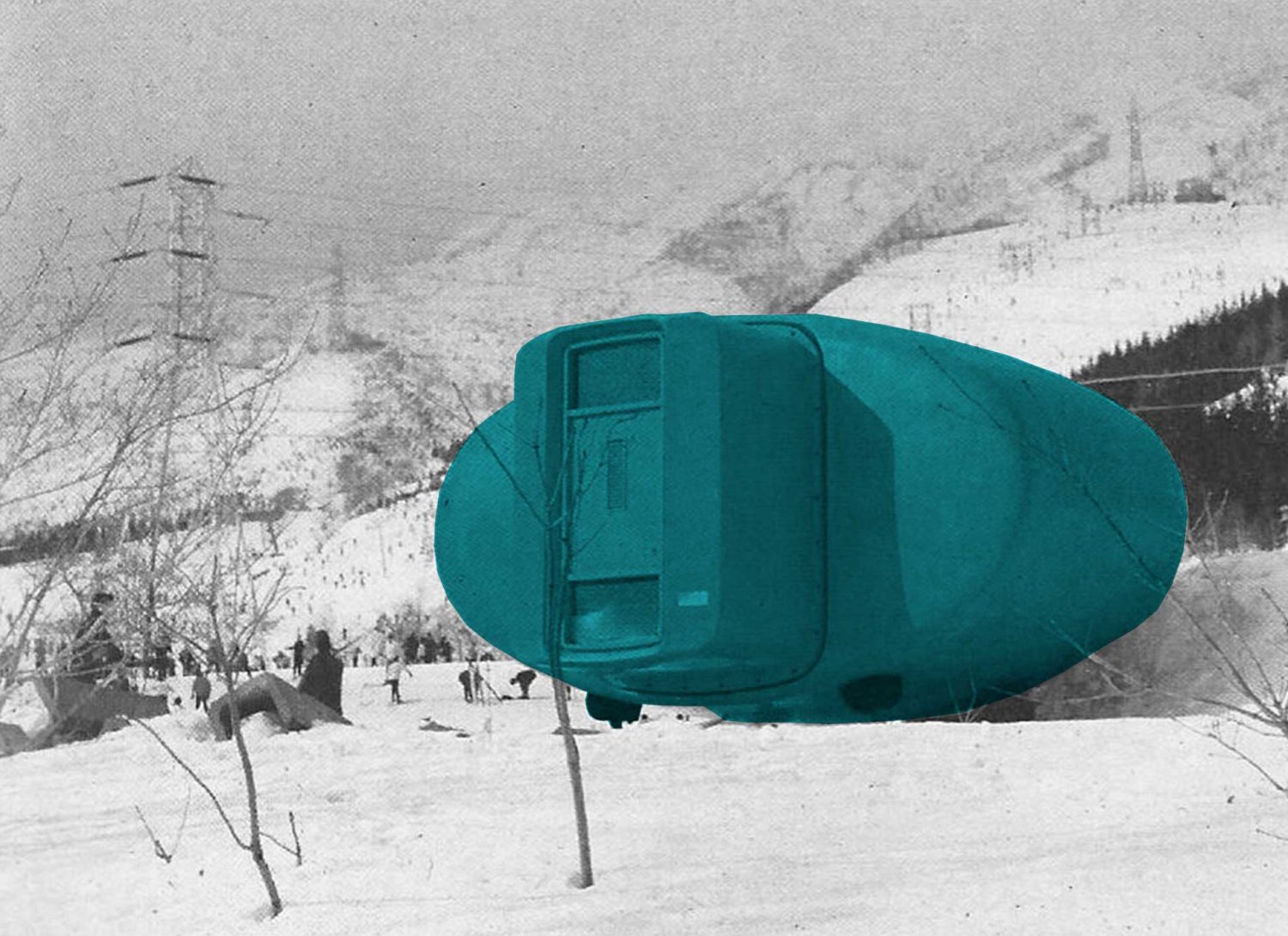
Metabolism, the last urban utopia in the 20th century, was born in Japan in the late sixties. In order to overcome the lack of space and the need for dwelling, the metabolists designed urban-scale modular superstructures where capsules with furniture and equipment inside could be attached.
The capsule is cyborg architecture. Man, machine and space build an organic body that transcends confrontation (…) A device that has become an inhabitable space in the sense that a man cannot expect to live in another place, it is a capsule.Kisho Kurokawa, Capsule Declaration, Tokyo, March 1969
In his “Capsule Declaration”, Kisho Kurokawa foresaw two different kinds of capsule. In the first one the house became a tool that could be attached to an urban structure, so the inhabitable space and the built-in equipment were integrated into the capsule. In the second kind, furniture and devices became the house regardless of the inhabitable space, resulting in a flexible space where furniture could be moved or hidden when it wasn’t needed.
As part of the second kind, designer Kenji Ekuan launched in 1964 from his studio GK a series of “Metabolist” modular furniture. The different pluggable unit in this series could be used for defining with their setting an inhabitable space called the Furniture House.
The most specific application of the first kind of capsule was the Nakagin Tower, built by Kisho Kurokawa in 1972 and made up of two vertical cores and one hundred and forty-four prefabricated capsules. Inside each capsule, one space contained every kind of furniture and devices integrated into a storage strip. Although the capsules haven’t been renovated and have become obsolete, the building is still a powerful symbol for a possible future.
